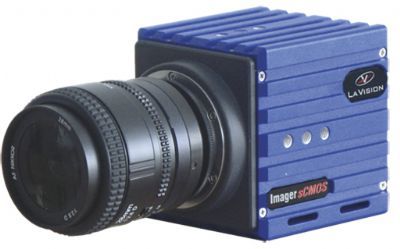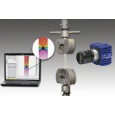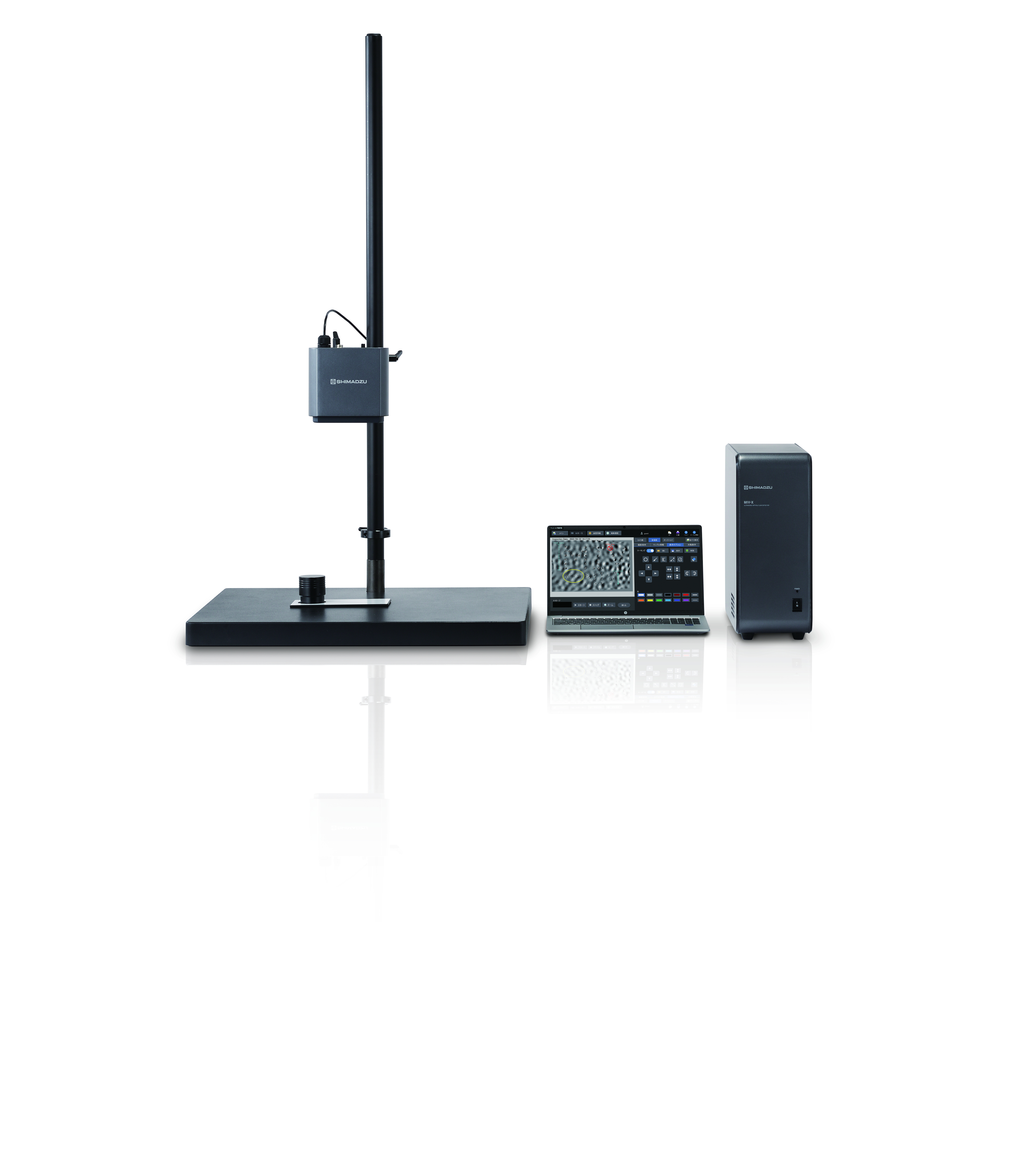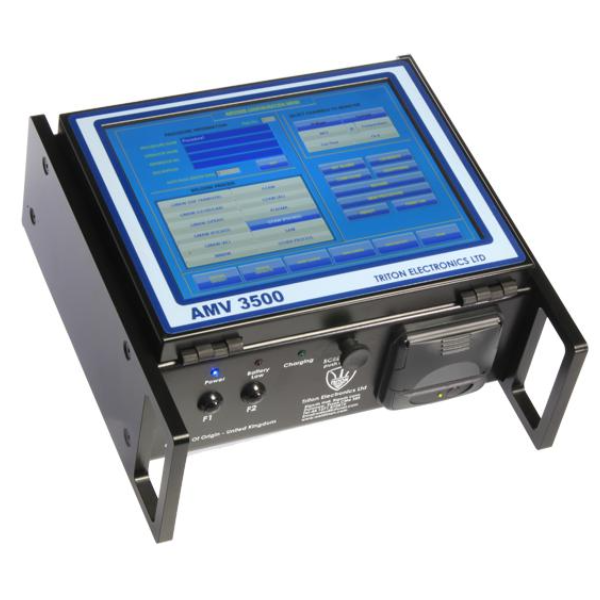采用LaVision的DaVis 8.3.0软件平台,加上PTUX时序控制器,四台 s'CMOS相机,构成了2D2C平面和3D3C体视粒子成像测速系统。并利用该系统对轴对称欠扩展喷射流过邻近相伴表面的流体-结构相互作用过程进行了实验研究
方案详情

The current work characterizes, via detailed experiments, the flowfield and surface states of the relatively little-explored problem of an underexpanded axisymmetric jet flowing across an adjacent parallel surface, in both rigid-surface and compliant-surface configurations. To date, the vast majority of the literature for both the rigid- and compliant-surface cases has been generated by the acoustics community, and so most of the results obtained in those studies are rooted in pointwise measurements. This has resulted in little interest in the many relevant fluid-mechanical phenomena present in this turbulent flow. Meanwhile, there has been a growing interest in the area of fluid-structure interactions (FSIs) as we continue to push technological, engineering, and operational boundaries towards lighter and stronger structures at increasingly high speeds, pressures, and temperatures. The simultaneous acquisition of flowfield and structural conditions in fullfield has recently become a priority for the FSI community, but it presents a significant experimental challenge, and only a few studies to-date have successfully done so, and none (to the author’s knowledge) have done so for high-speed flows. It is the purpose of this work to document and experimentally characterize the rigid- and compliant-surface flowfields, and their corresponding surface states, towards the goals of improving the measurement quality and better understanding of the fluid-structure interactions involved. The study takes a multi-step approach. First, the fundamental flow - that of an isolated jet emanating from a 12.7-mm exit-diameter converging nozzle - is characterized in both a flowfield-velocimetry and unsteady manner at a nozzle pressure ratio, NPR, of 5.0. Next, the rigid-surface case is considered at three jet/surface separation distances, h/Dj (0.50, 0.55, and 0.60), and the flowfield and accompanying surface conditions are documented in detail, so as to provide a baseline for comparison. Then, the simultaneous acquisition of fullfield instantaneous velocity fields and surface deflection data are demonstrated and rigorously validated using particle image velocimetry (PIV) and stereo/3D digital image correlation (sDIC), respectively, for the compliant-surface case. These data provide insights into the relevant fluid-structure interaction involved via a comparison to the rigid-surface case. The results obtained for the isolated jet case were consistent with the theoretical expectations and previous findings. Compressible waves visualized using high-speed schlieren photography aligned well with the PIV velocity-vector fields. A shock-position oscillation time-history analysis conducted using the high-speed schlieren imagery identified distinct narrowband spectral peaks. These peaks were found to agree well with those observed in the acoustic spectra, as well as semi-empirical screech tone prediction models. Good agreement was observed for all tested operating conditions, leading to the conclusion that high-speed schlieren can be used to identify jet screech in the absence of acoustic spectra. Tomographic PIV data revealed the three-dimensional nature of the jet. High-speed schlieren, planar PIV, steady pressure-sensitive paint (PSP), and surface oil flow visualization (SOFV) data obtained for the rigid-surface case were mutually consistent with each other, providing insight into the structure of the flowfield. For small h/Dj, a “plate-induced shock”, formed in response to the restricted near-wall flow expansion, was observed in the schlieren imagery. This shock wave interacts with the barrel shock to cause the formation of a prominent shock/boundary-layer interaction (SBLI) near the wall, replacing the traditional first-cell Mach disk structure. Surface pressure was found to decrease within the initial jet expansion region, and to be approximately constant within the separation region, and to increase near the reattachment point. The pressure ratio across the plate surface was observed to be less than unity everywhere within the first shock cell and SBLI, imposing a loading that would lead to a jetward deflection in the compliant-surface case. PIV data reveal the presence of a small normal shock above the SBLI separation region, inducing large losses. Farther downstream, the schlieren, PIV, PSP, and SOFV data show the shock-cell structure of the jet, typified by a crossing-type shock structure. Increasing h/Dj resulted in a reduction in SBLI size and strength, eventually restoring the isolated jet structure. Detailed PIV measurement uncertainties were calculated in a thorough manner using an in-house developed code, and surface temperature and unsteady PSP measurements (limited success) were obtained. The compliant-surface model was constructed using a frame and steel sheet shim stock (0.003” thick) approach. The compliant surface was 125-mm square, and all four edges were clamped. Surface deflection data were obtained on the backside of the surface using sDIC, while PIV data were obtained simultaneously on the other side. sDIC out-of-plane measurement resolution and accuracies were quantified and both experiments were rigorously validated individually, and a cross-validation was performed by plotting the sDIC results on the raw PIV images. Support frame out-of-plane deflections were accounted for via sDIC. The compliant surface was found to take a quasi-static/steady response characterized by a standing wave pattern with a large jetward deflection in the first shock cell (~0.7 mm), and smaller oscillations farther downstream primarily oriented away from the jet. The mean deflected shape was reminiscent of the anticipated (3,1) vibrational mode shape. Surface strains were below the material’s elastic strain limit. The large first-cell jetward deflection was found to impose a supersonic compression-expansion effect on the flow, transitioning near the deflected-surface inflection point. This altered the SBLI in-flow conditions, leading to a weaker SBLI shock system, and slightly elevated velocities and Mach number upon exiting the SBLI region. The compliant-surface case separation region was found to be longer and relatively thinner, and the boundary layer thickness throughout the measurement domain was increased, as compared to the rigid-surface case. In addition, the downstream shock-cell structure was different, where one of the shock-trains was attenuated, resulting in a zig-zag pattern. The jet primary shear layer position and size were found to be equivalent, and velocity and turbulence statistics profiles near the end of the measurement domain were found to be similar.
确定
北京欧兰科技发展有限公司为您提供《喷嘴中速度场,应变场,流体结构相互作用检测方案(CCD相机)》,该方案主要用于其他中速度场,应变场,流体结构相互作用检测,参考标准--,《喷嘴中速度场,应变场,流体结构相互作用检测方案(CCD相机)》用到的仪器有Imager sCMOS PIV相机、德国LaVision PIV/PLIF粒子成像测速场仪、LaVision StrainMaster材料应变形变成像测量系统、LaVision DaVis 智能成像软件平台
推荐专场
相关方案
更多
该厂商其他方案
更多

























